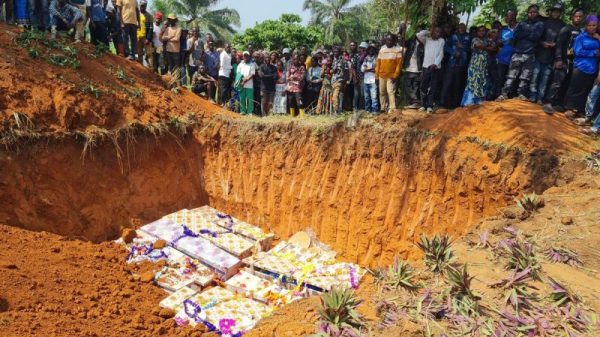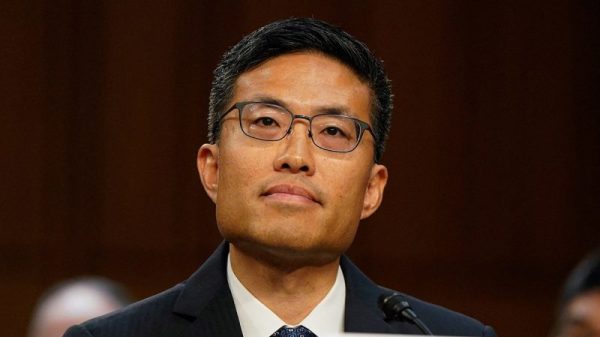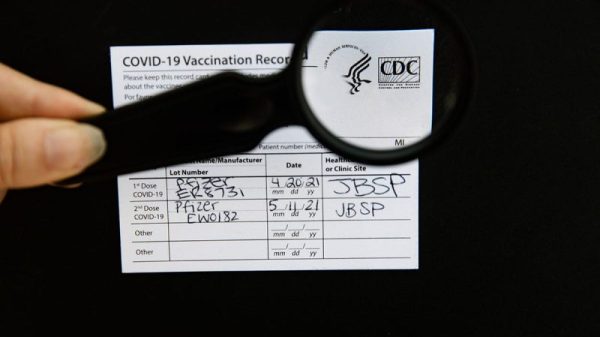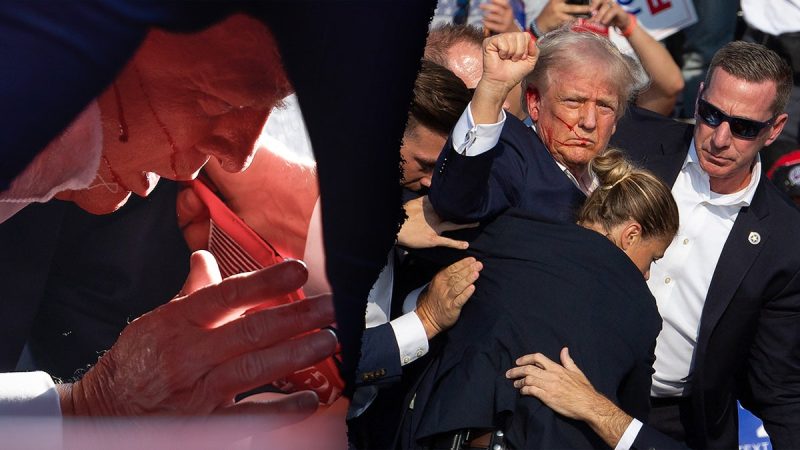**Explosive House Report Reveals Critical Failures in Security Protocol at July 13 Trump Rally**
The recently released House report detailing the preventable shooting incident at the July 13 Trump rally has sent shockwaves across the nation. The report sheds light on the tragic events that unfolded that fateful day, highlighting critical failures in security protocol that could have averted the catastrophe.
One of the key findings of the report is the lack of coordination and communication among security agencies assigned to oversee the event. The report points out that multiple warnings and threats regarding potential violence were received prior to the rally, but the failure to act on these warnings ultimately resulted in the tragic shooting.
Furthermore, the report highlights the inadequate security measures in place at the event, with glaring gaps in perimeter control and crowd management. The lack of proper screening procedures allowed the shooter to gain access to the rally with a concealed weapon, endangering the lives of hundreds of attendees.
Moreover, the House report points to systemic failures in intelligence gathering and sharing among security agencies, as critical information regarding the shooter’s intent and background was not effectively communicated. This lack of information sharing hindered the ability of security personnel to properly assess and respond to the threat in a timely manner.
In addition to these lapses in security protocol, the House report also raises questions about the overall level of preparedness and training of security personnel assigned to high-profile political events. The lack of proper training and coordination among security personnel further exacerbated the chaos and confusion that ensued following the shooting.
The tragic events of the July 13 Trump rally serve as a stark reminder of the importance of robust security protocols and effective communication in ensuring the safety of public events. The House report underscores the need for a comprehensive review of security procedures and a reevaluation of the resources allocated to prevent and respond to such incidents in the future.
In conclusion, the findings of the House report serve as a wake-up call for authorities and security agencies to prioritize the safety and security of the public at all times. It is imperative that lessons are learned from this tragic event and that proactive measures are taken to prevent similar incidents from occurring in the future. Only through a concerted effort to enhance security protocols and improve coordination among security agencies can we hope to prevent such preventable tragedies from happening again.


































